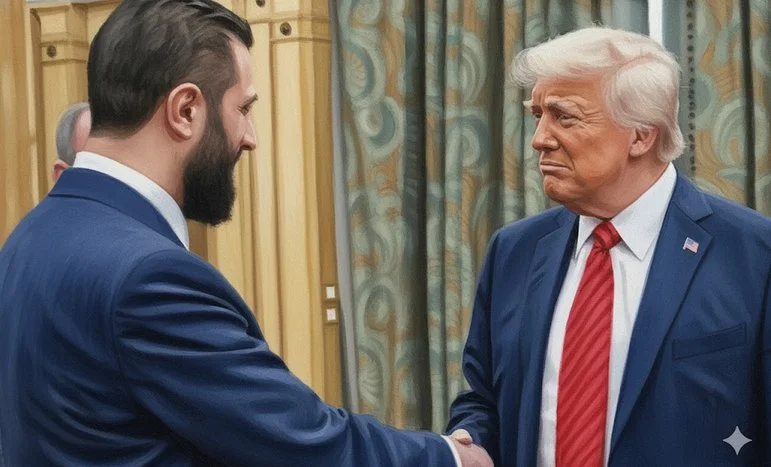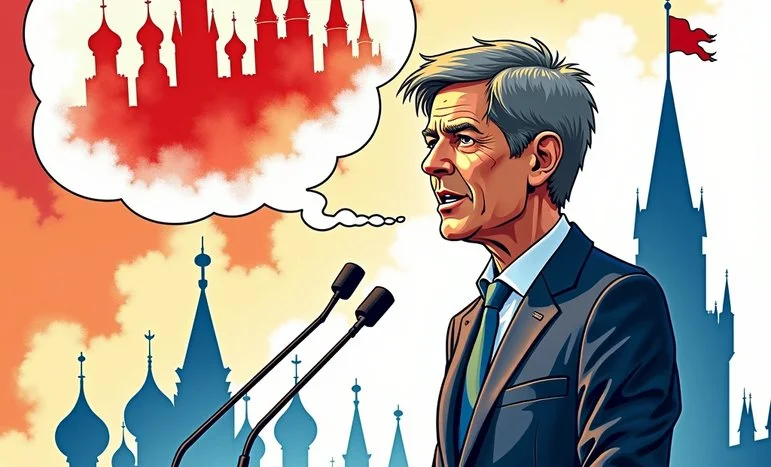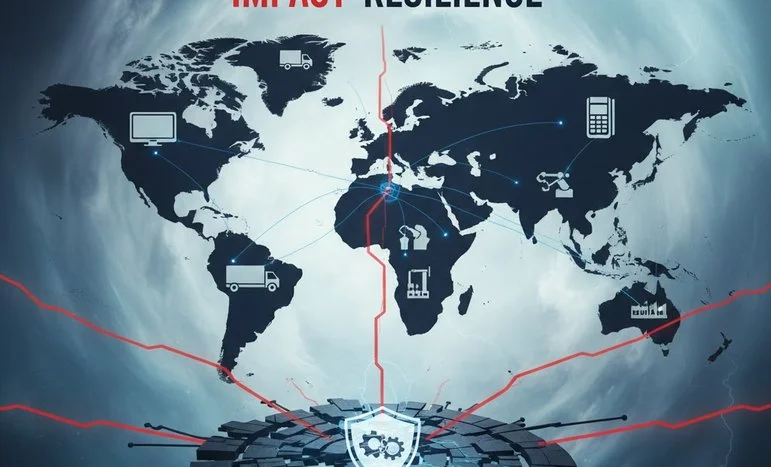
India’s Miscalculated Shift Toward Russia and China Risks a Strategic Dead-End
India’s foreign policy trajectory since the tariff wars has tilted toward greater engagement with Russia and China, seeking to balance Western influence and hedge against economic vulnerabilities. New Delhi believed that drawing closer to Moscow and Beijing would create a stable triangle of cooperation. However, ground realities reveal otherwise.
China, despite regular high-level talks with India, continues to anchor its strategic partnership with Pakistan and deepen its bond with Russia. The recent announcement of Xi Jinping’s visit to Tibet, marking 60 years of Beijing’s rule, highlights this reality. For India, Tibet is not merely a neighbor but a historical and geopolitical fault line. China’s overt signaling from Tibet serves as a reminder that Beijing’s ambitions do not consider Indian sensitivities.
Russia, while maintaining cordial ties with India, is increasingly bound by its strategic and economic dependence on China. For Moscow, India is important but not pivotal. The Ukraine war has further tilted Russia toward Beijing, creating a dynamic where Indian overtures risk being overshadowed.
If India distances itself too much from the West, the risks are profound. Without Western partnerships in technology, defense, and finance, India may find itself trapped in a geopolitical cul-de-sac similar to Iran: isolated, over-reliant on adversarial neighbors, and unable to harness its economic and demographic potential.
In essence, India’s gamble of aligning closer with Russia and China while drifting from the West is proving fruitless. China does not want a strong India on its border, and Russia’s priorities lie elsewhere. For New Delhi, the lesson is clear: balancing relations is necessary, but abandoning strategic partnerships with the West in favor of legacy adversaries could undermine its long-term future.
We appreciate that not everyone can afford to pay for Views right now. That’s why we choose to keep our journalism open for everyone. If this is you, please continue to read for free.
But if you can, can we count on your support at this perilous time? Here are three good reasons to make the choice to fund us today.
1. Our quality, investigative journalism is a scrutinising force.
2. We are independent and have no billionaire owner controlling what we do, so your money directly powers our reporting.
3. It doesn’t cost much, and takes less time than it took to read this message.
Choose to support open, independent journalism on a monthly basis. Thank you.














